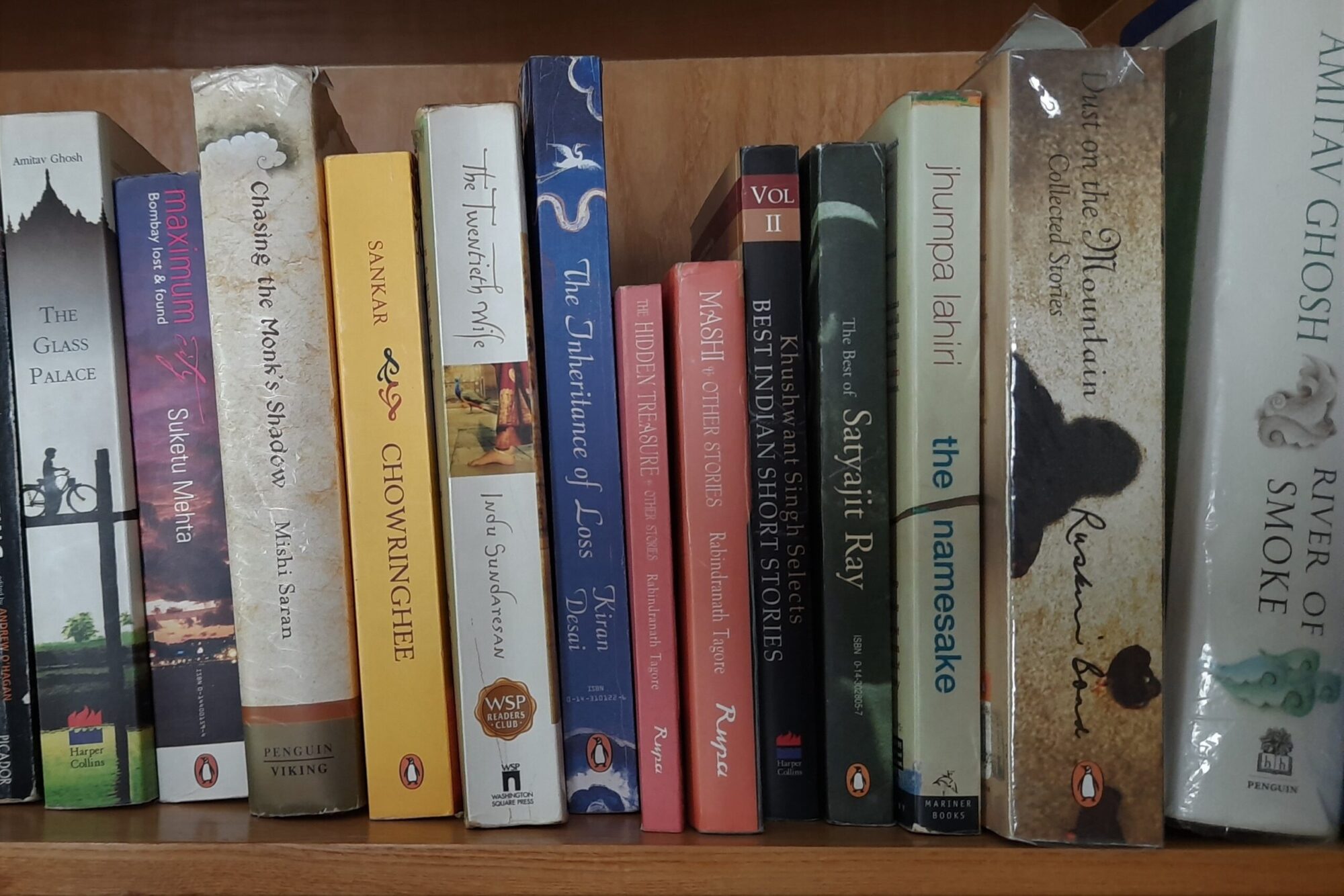
Why I Love Reading IWE
Indian Writing in English encompasses all writers of Indian origin who write in English. Just over a century old, It had begun to get popularised with the writings of Khushwant Singh, Nirad Choudhary, and R.K. Narayan who wrote in the Queen’s English. Today, it has come a long way and the very language has become a delightful hybrid of correct English and Indianised expressions. The styles are vibrant and colourful, the characters are indigenous and the ethos totally Indian. IWE has become a literary form in itself with its own genres. In fact, writers are loath to have the label Post-Colonial writing put to their works as that would be limiting in form and content. (Amitav Ghosh had refused the Commonwealth Writers Prize for his novel ‘The Glass Palace’ for this very reason!)
Writer Amit Choudhary in his tome on the subject, argued fiercely that the IWE tag seems to be worn by a handful of writers living and writing abroad who are disconnected from the Indian realities. This criticism may be true to some extent, because many Indian writers living abroad seem to hurry home to do the three R’s… namely, research, (w)rite and return! After all, it is all about selling India, with its grit and dirt, to the world!
Writer Shashi Deshpande once said that IWE should not be so concerned with issues spanning big events and countries, but rather with idealogies. She says: We read a novel not because it increases our knowledge, but because it illuminates our own lives.’ How true! A novel should touch a chord within us, even as it presents an authentic picture of the lives and times of the characters within its pages.
But today, IWE is not a literary form to be sniffed at. With the high quality of writing in English being published today, India has never been better represented to the world in all its Indianness hybridised by the global touch.
I for one enjoy writings by selected Indian Writers in English as much as I do works of the world’s literary masters. I can relate to every scene, every emotion, every quirk of the characters, not to mention the local flavour and the centuries of collective past that make us think, feel, behave as we do…
There is so much history, culture, rituals, passions and relationships in Indian life that has created memorable literature in local languages. These factors also lend a depth and quality to Indian Writing in English that reflects the new social orders: the melding urban-rural scenarios, the changing man-woman relationships, the flirtatious new relationship of India with the world… IWE is vibrant, stylistic, absolutely fascinating!
But having said all that, there still remain several areas in writing that need improvement. We Indians tend to plagiarise, assuming that readers are nitwits who have not read as widely as one has. Plots, characters, twists in the tale are often picked up and peddled again.
Then there is the serious issue of grammar. Indianness does not mean English spoken like an Indian language in translation: that’s shabby! Basic English grammatical structure with its richness of idioms and phrasal verbs, its correct usage of tenses and persons and voices cannot be done away with. They can only be twisted by a masterly touch to give the Indian flavour. Too few writers and fewer publishers seem to care about the language of popular fiction that makes knowledgeable readers wince at every sentence.
So if as Indian Writers in English we wish to be accepted by the serious readers and by the world of book lovers, we need to write more original, more correct and more futuristically, even while dipping into our glorious past and traditions for inspiration!